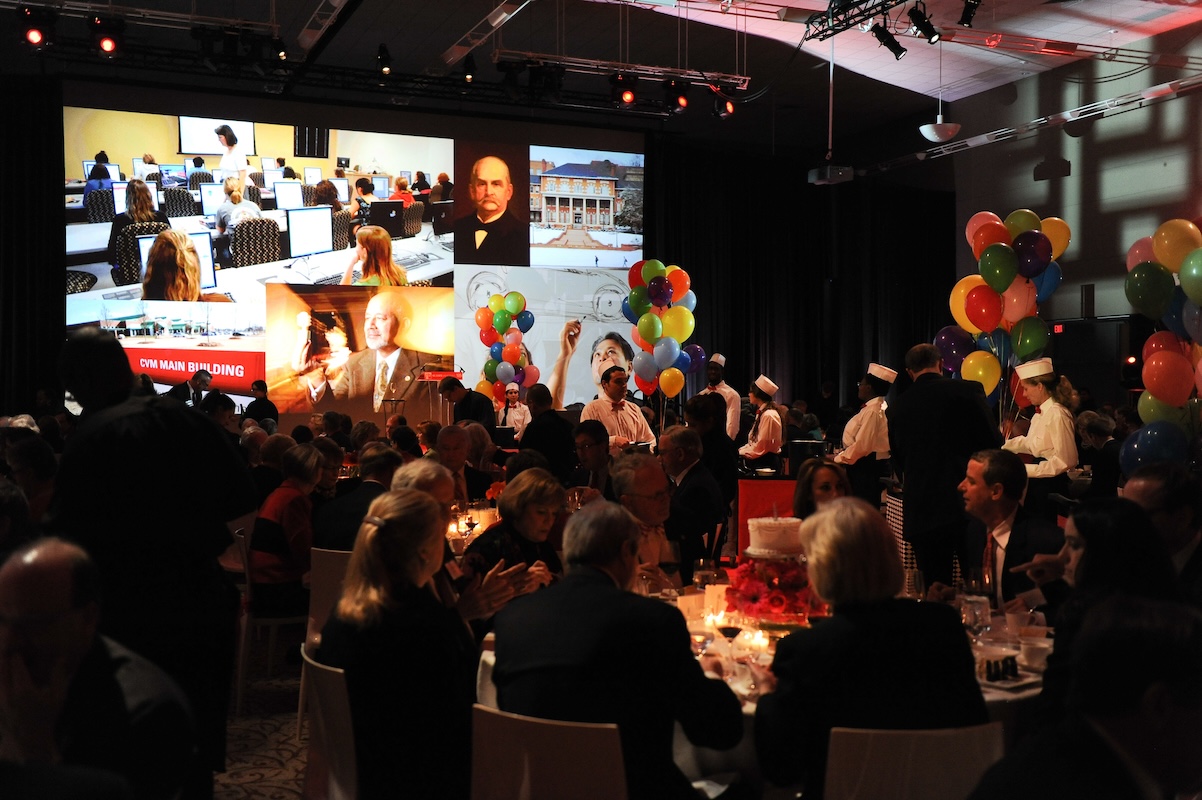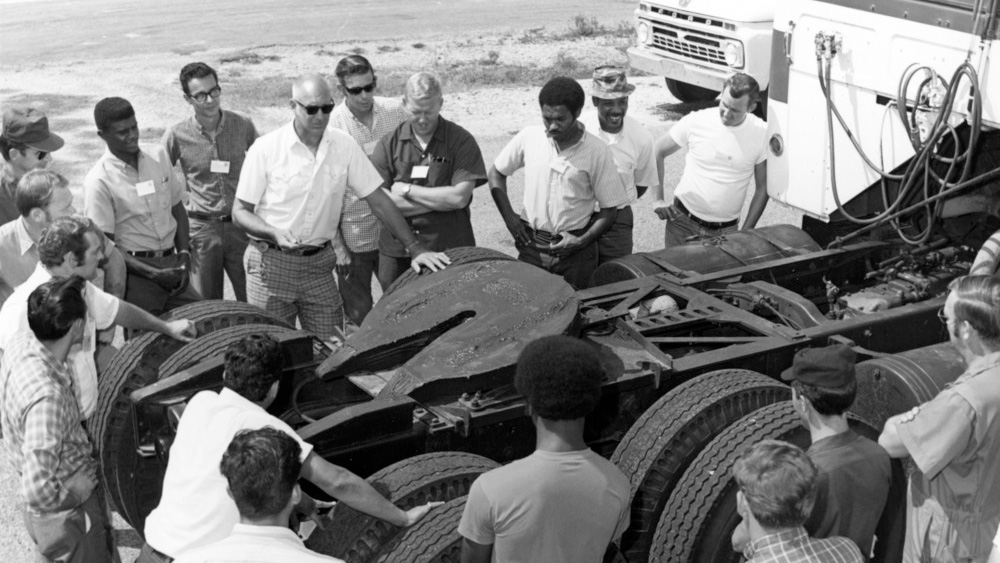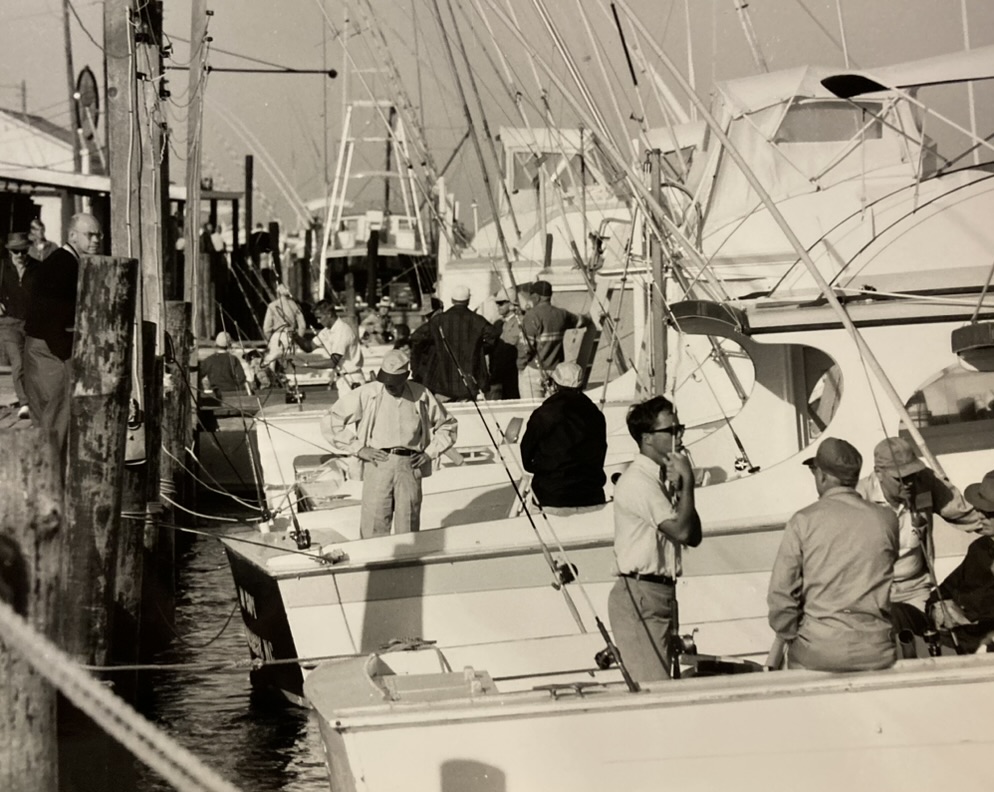1949 – 1974
The Second Quarter of NC State Continuing and Lifelong Education
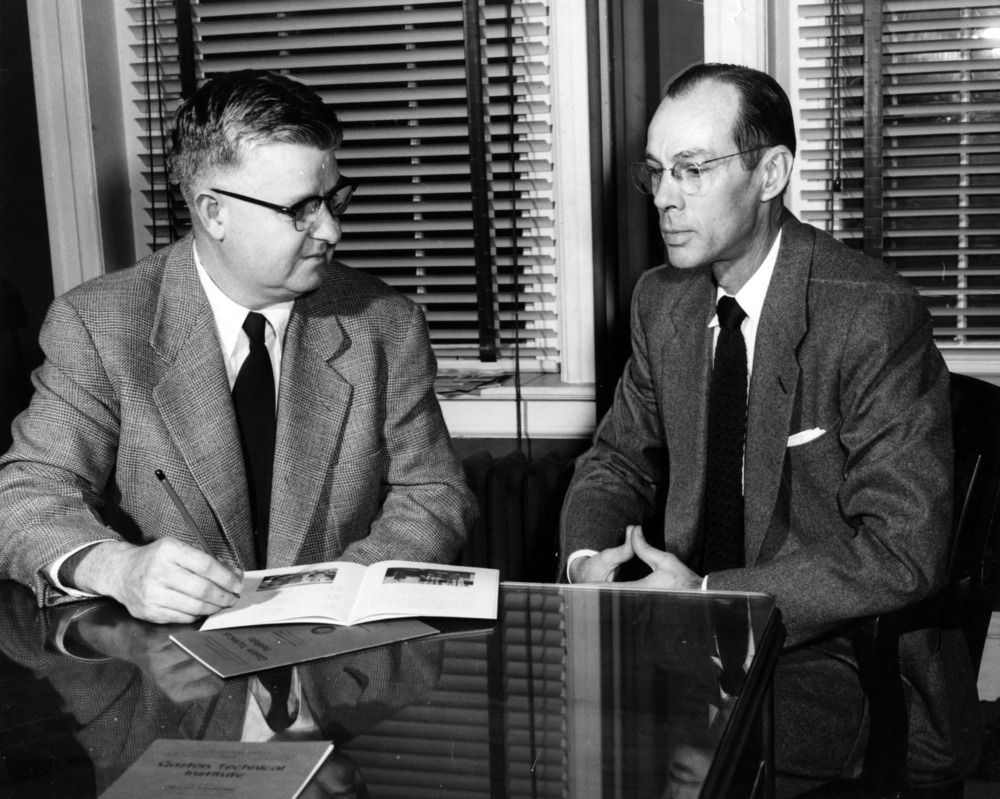
The division saw many changes from 1949 through 1974 but its ability to respond remains constant.

The College Extension Division (now Continuing and Lifelong Education) benefitted from two strong and influential leaders between 1949 and 1974.
Edward W. Ruggles, who assumed leadership of the College Extension Division in 1934, launched and shepherded programs that have throughlines to today’s community colleges and NC State’s Digital Education and Learning Technology Applications.
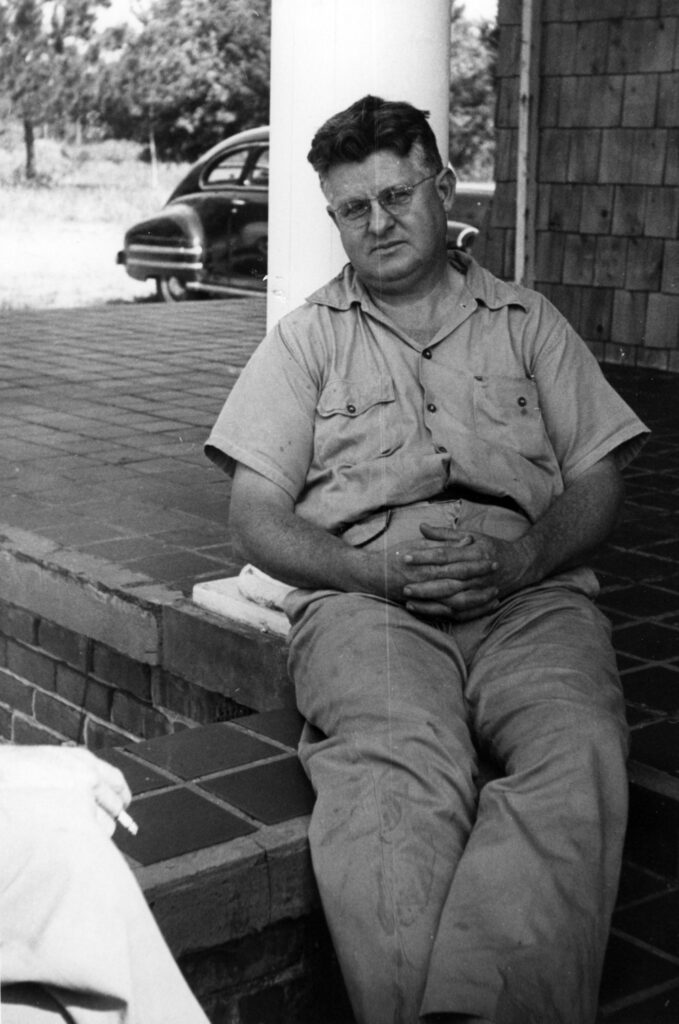
William L. Turner, who succeeded Ruggles as leader in 1965, had a national reputation and formed important connections with state leaders who had lasting benefits to the division.

Just as in the first 25 years of the division, world and national events, societal changes and new developments in technology and industry shaped the direction of programs and services. The College Extension Division responded to, for example, the advent of nuclear power, the need for a better-educated workforce, the Korean and Vietnam Wars, innovations in technology and manufacturing, the urbanization of America, and new methods to deliver distance education.
While Ruggles was director, he gave particular attention to technical skills training, the potential of educational television, and ensuring military personnel had access to college courses. Several of the programs developed under his tenure proved so important that eventually they were spun off to other entities.
Two division initiatives eventually became part of the North Carolina Community College system. When Camp Glenn in Morehead City was decommissioned after World War II, the state of North Carolina offered the site to State College if it was used for a technical institute. The School of Engineering and the College Extension Division launched the Morehead City Technical Institute in 1947, which offered a one-year technical/vocational certificate program. It was the first college-conducted technical institute in the southeast.
With enrollments not as robust as hoped, in 1952 it relocated to Gastonia to be closer to the industries it would benefit and was renamed the Gaston Technical Institute. It continued as a School of Engineering program, operated by the College Extension Division. The institute offered two-year associate degrees in technical engineering areas. In a 1952 story in NC State College News, the director of the Institute, James Mason, noted that industrial development in the south required trained technicians, but before the establishment of these technical institutes training was unavailable in the region.

With the success of Gaston Technical Institute, Ruggles pushed to develop more division-run technical institutes in Charlotte and Winston-Salem, although they never came to fruition given the development of the North Carolina Community College System in the late 1950s. Gaston Technical Institute was highly regarded and in 1962 it was accredited by the Engineering Council for Professional Development. In 1965, Gaston Tech became part of Gaston Community College, the sixth community college established under the Community College Act of 1957.
A similar fate awaited another of Ruggles’ initiatives, the Truck Driver Training School. Founded in 1949, the school was the first college-run program in the nation. The program was in partnership with the NC Motor Carriers Association, State College’s Department of Psychology, and the School of Engineering. Inspired by growth in the trucking industry as well as NC State’s success, other truck driving schools began to spring up around the country and used NC State’s curriculum as a model for their programs. The school ran continuously until its curriculum was viewed as more appropriate for a community college. In 1974, the program was transferred to Johnston Community College and is still in operation today.

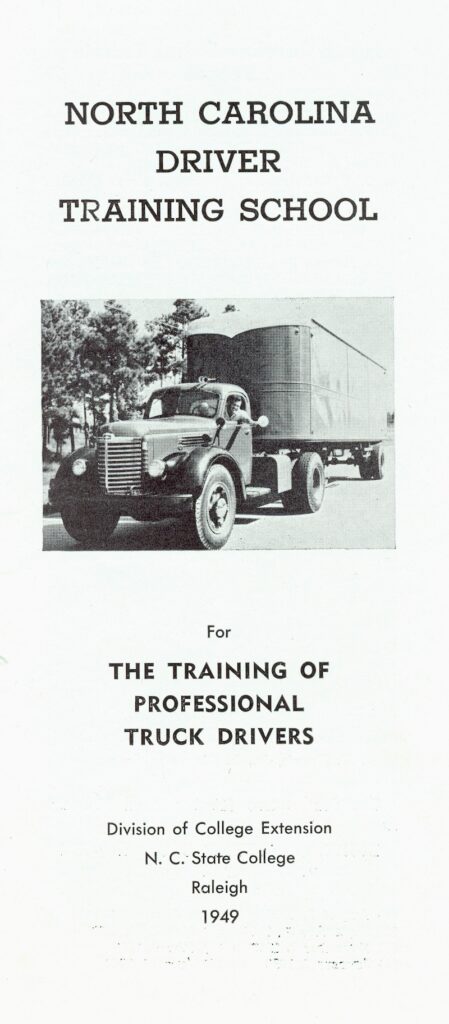
Ruggles was passionate about making continuing education accessible, and the division’s distance education efforts grew and diversified during this time. In 1947, State College and East Carolina Teacher’s College (later ECU) began offering credit-bearing courses at Fort Bragg (now Fort Liberty). The division coordinated this program for State College and assumed full responsibility in 1962. In 1964, the program began granting degrees and was directed by Jack Suberman, who ran continuing education for the division. When Fayetteville State University (FSU) joined the UNC System in 1972, it made sense to transfer responsibility for this program to FSU in July 1973. Today, FSU is known for its strong commitment to serving the military, built on work begun by NC State.
During the 1950s, the division also offered courses at Seymour Johnson Air Force Base and Cherry Point Marine Base. Many of these classes were offered as part of the division’s robust “night class” offerings, and State College professors traveled to these locations to teach.
Correspondence courses also continued to be an option for military personnel. The division partnered with the United States Armed Forces Institute to offer correspondence courses to soldiers serving mostly overseas. For example, in 1972, 290 students, including those serving in Vietnam, were enrolled in courses managed by the division. Enrolled students could take up to two years to complete coursework.
Ruggles was also involved in the development of television as an educational tool. In the late 1940s, representatives from the three colleges of the consolidated UNC — State College, Chapel Hill, and Woman’s College (now UNC Greensboro) — formed an Advisory Board of the UNC Communication Center. The board met regularly to coordinate their radio and film activities. Ruggles was one of the State College representatives, and by the 1950s, this body began to focus on the educational potential of television. Ruggles was an ardent proponent of educational television, and enthusiastic about the division’s involvement.
In 1954, the Television Center was built on Western Boulevard, near the land that would eventually become the McKimmon Conference and Training Center. The center was set up to produce programs and courses for UNC-TV, which began operations in Chapel Hill in 1955. The three campuses continued to collaborate on providing content for UNC-TV, just as they had done for educational radio and film.
During 1955-1956, 12 UNC courses were broadcast for credit, and the College Extension Division was responsible for the academic administration of the State College courses and the awarding of credit. The courses were viewed as a success although, from the start, there were budgetary, compensation, tuition, and workload issues, which would take decades to resolve.
The technical programs and distance education efforts were just a few of the many collaborations at this time among the division, college faculty, and industry and governmental experts.
There were more than 150 short courses and conferences offered annually, reflecting a range of NC industries and technological innovations. A small sample of topics included timber marketing, poultry management, aerial photo interpretation, industrial plant security, ceramic plant operations, furniture finishing, professional photography, newspaper press operations, pest control, and nuclear power development. These courses and conferences were taught on campus, in Raleigh hotels, and at locations around the state.
Two programs founded in this 25-year period are still managed by the division today: the Tax Preparation Schools and the Sport Fishing School. In 1950, the division held its first tax school. Its original title and focus was the Farm Income Tax Short Course. William L. Turner, who had joined the faculty of the Department of Agricultural Economics in 1948, helped develop the tax school curriculum and was an instructor in the early days of this program.
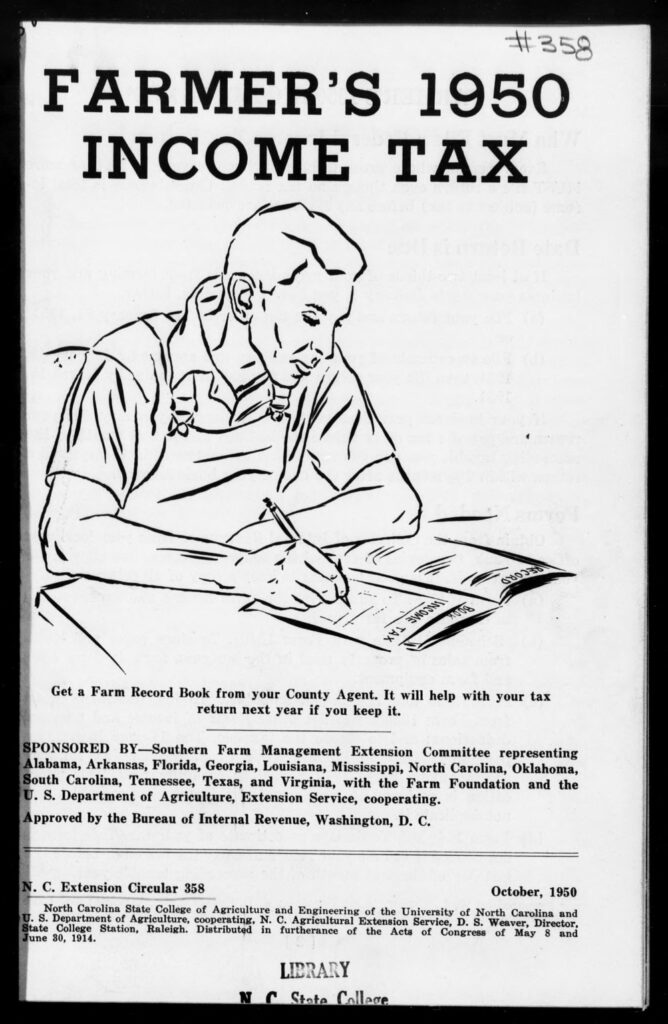

The 1950s and 1960s marked the beginning of the organizational growth of the division and the university. The era of changes in reporting lines, name changes, and adding units to the division had begun. In 1955, the division began reporting to the Dean of the Faculty, John Shirley (this position was later retitled provost). When John Tyler Caldwell became chancellor in 1959, he appointed William Turner to the university’s business office, thus beginning a series of impactful administrative positions that Turner held at both the university and in state government.
1965 was a year of many changes: the name of the university changed to North Carolina State University; Edward Ruggles retired after a 39-year career; the division’s name changed to the Division of Continuing Education, with Jack Suberman succeeding Ruggles; and William Turner became the Administrative Dean for University Extension, with campus-wide responsibility for all extension activities, and reporting to Chancellor Caldwell.
The following year, the Center for Urban Affairs and Community Services (CUACS) was founded as a division unit. Funded in 1965 by Title I of the U.S. Higher Education Act, it was one of three UNC urban studies centers. At the time, there were challenges related to urbanization, and CUACS connected the university’s research, educational, and public service resources to help solve these community needs. In the early years of their establishment, the centers at NC State, UNC Charlotte, and UNC Chapel Hill closely collaborated. Federal funding ended by the late 1970s, but by that time each entity had developed its own clientele, funding models, and unique relationships with their universities. It made sense for the collaborative relationship to end and each center went its own way. Given its Raleigh location, CUACS partnered with state and local government agencies from its start.
Both university and division growth during the 1950s and 1960s made evident the need for an on-campus facility for continuing education activities. From its founding in 1924, the division partnered with Cooperative Extension in offering short courses and conferences for county extension agents, home demonstration agents, 4-H clubs, and agricultural practitioners. By the 1950s, home demonstration agents were contributing a portion of their butter and egg sales to a building fund for a continuing education center.
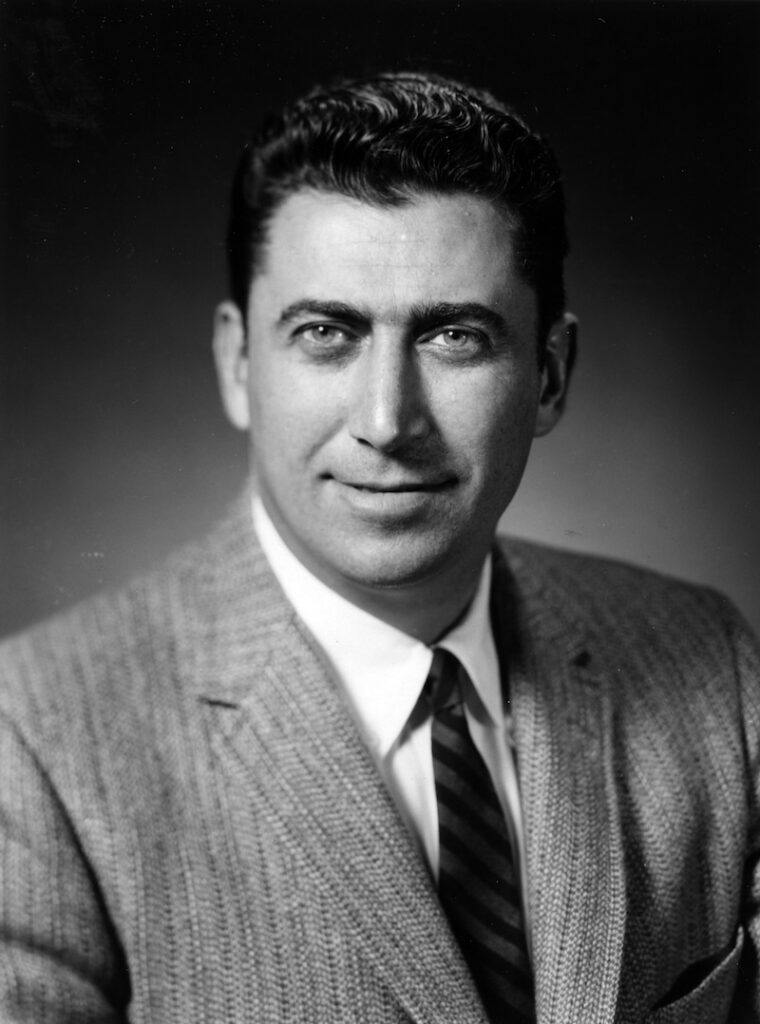
Division leader Jack Suberman made this plea for a center in a July 1966 press release: “We need a Continuing Education Center desperately. We can no longer be satisfied with the makeshift operations requiring thousands of people who visit our campus to move, almost chaotically, from the Student Union Building, the Faculty Club, and the cafeteria to our academic buildings for classroom space.” The press release noted the range of clients and that more than 200 non-credit programs were offered in FY1966, serving more than 14,000 people. In August 1966, home demonstration leaders delivered a $100,000 check to Chancellor Caldwell as “seed money” for the building. Alas, efforts to lobby the General Assembly for funding to make the center a reality were not successful in 1963, 1965, 1967 or 1969.
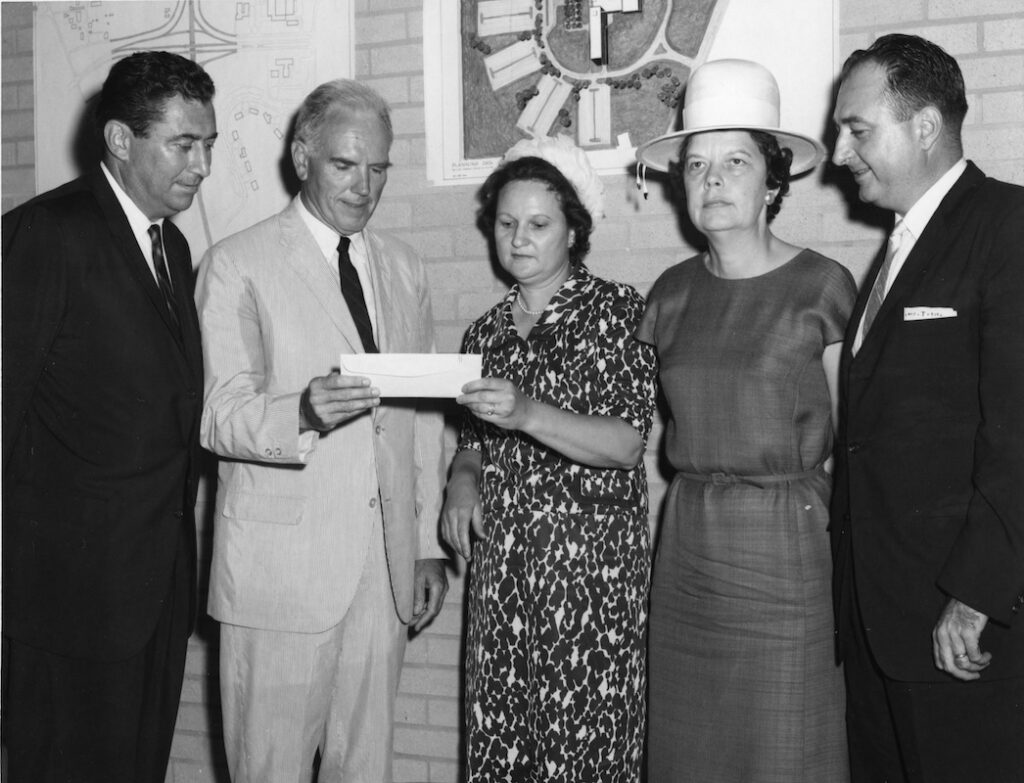

When Jack Suberman left to become a dean at Florida Atlantic University in 1967, Chancellor Caldwell gave Turner additional responsibilities, including responsibility for the Division of Continuing Education. Since the division was already involved with UNC-TV, full responsibility for NC State’s television administration was transferred from the provost to Turner. The business operations of Summer School and Evening Programs were also moved to the Division of Continuing Education. The Turner years ushered in a period of strong support from both university and state leadership.
In a January 1968 division newsletter, Chancellor Caldwell said, “There is no function of this university more important to the full and timely economic and social development of our people than extension, adult or continuing education, however, you wish to term it. The extension activity can make an enormous difference in the continued competitive posture of North Carolina people and their enterprises.”

Turner was also making a difference on the national level in the field of continuing education. In 1968, he chaired a national task force to propose a uniform standard of measurement for non-credit continuing education programs.
In July 1968, a National Planning Conference was held in Washington, D.C., sponsored by the U.S. Office of Education, U.S. Civil Service Commission, American Association of Collegiate Registrars and Admissions Officers, and the National University Extension Association. This work eventually resulted in the Continuing Education Unit (CEU).
By December 1971, the Commission on Colleges of the Southern Association of Colleges and Schools (SACSCOC) adopted the CEU to measure non-credit educational opportunities offered by colleges and universities in its 11-state region, and the division began offering CEUs for eligible programs. The CEU is still an important standard for measuring non-credit training today.
In 1969, Robert Scott became governor of North Carolina and William Turner took leave from the university to become Scott’s director of the Department of Administration. In 1971, with the strong support of Governor Scott — and the lobbying efforts of Chancellor Caldwell, Turner, and home demonstration agents — the legislature appropriated $4.25 million for the construction of a continuing education center. In 1973, Turner returned to the division with a change in both his title and the division’s name: he became vice chancellor of extension and public service and the division was renamed the Extension and Public Service division.
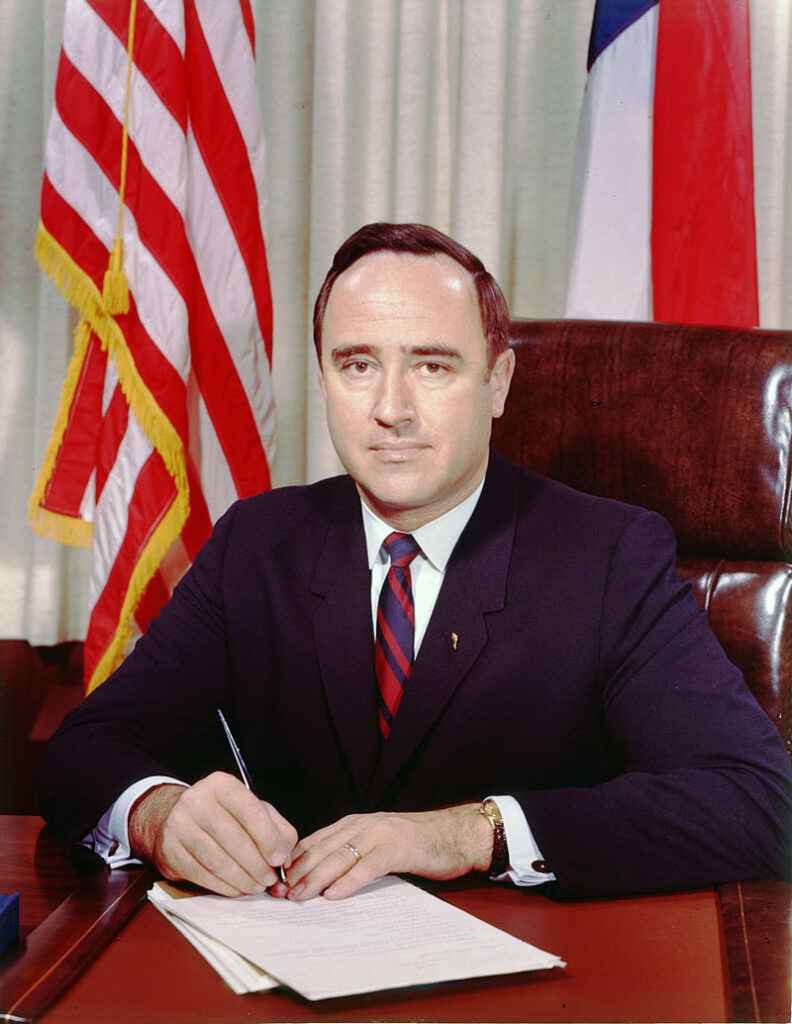
By the division’s 50th anniversary in 1974, it had appropriately changed with the times, responding to the public’s educational needs. Early successes such as Gaston Tech and the Truck Driving School were spun off because of both their excellence and changes in North Carolina’s higher education systems. In 1974, correspondence courses became centralized through the UNC System, and renamed Independent Study, with one registration system and course catalog.
Given the division’s ability to change with the needs of the community combined with strong leadership, these developments were taken in stride and the division continued to evolve.
By 1974, the continuing education building was becoming a reality, new units such as CUACS and Summer School had been added, and new continuing education programs were meeting the needs of the day.
Sources from 1974 note record enrollments and a wealth of clients from agriculture, business, industry and government. The division was proving what still exists today — reporting structures, leadership, industry, higher education, and the university may change — but the division’s ability to respond stays constant.
We’re celebrating all year! Sign up for email updates when new articles get posted, and for more information about our 100th Anniversary Celebration event:
a combination of in-person instruction and correspondence courses, and it continued through the 1970s.
